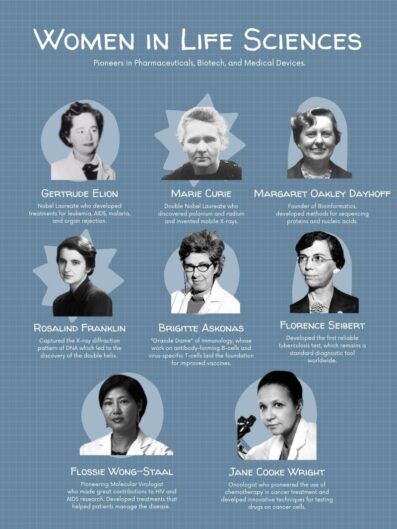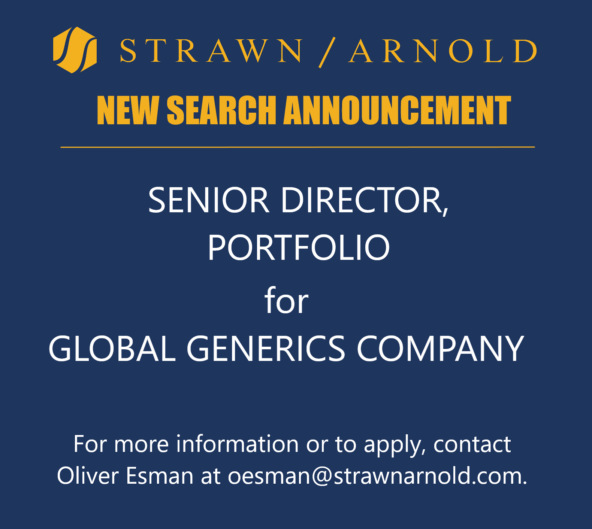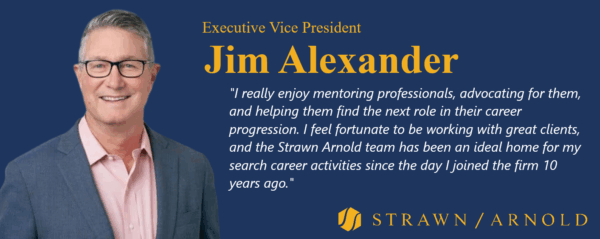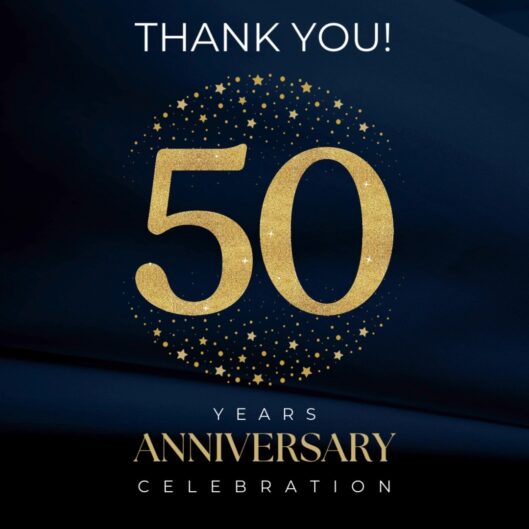by Jim Alexander, PharmD
The number of PharmDs employed in the U.S. pharmaceutical industry has more than doubled over the past decade. This growth has been fueled by the recognition that PharmDs offer a valuable skillset to industry employers to help navigate new drug development projects that are increasing in number and complexity. These new therapies have created a heightened demand for specialized talent, including healthcare professionals and clinically trained pharmacist medication experts. As a retained executive search professional specializing in the pharma sector, I have seen how strategic recruitment of PharmDs can help drive innovation and provide a competitive edge for pharmaceutical companies.
As medication experts with clinical training, PharmDs are well-equipped to contribute to new drug development and commercialization, as well as optimal medication use in patient populations. The most common functional areas in which industry employers utilize PharmD talent include Medical Affairs (all aspects, including Field Medical), Clinical Development, Regulatory Affairs, Pharmacovigilance, Market Access/HEOR, and various Commercial functions including executive level management.
Currently, there are over 900 PharmD Fellows participating in U.S. Fellowships with 100+ industry employers, including most of the leading pharmaceutical companies. This represents 253% growth in the last decade, many times higher than overall industry employment increases during the same timeframe. Fellowship alumni represent about 25% of the 20,000+ pharmacists currently employed in the U.S. pharmaceutical industry. Still, the vast majority of PharmDs (around 15,000) employed in the U.S. pharmaceutical industry did not complete a Fellowship training program. They either secured an entry level role upon graduation, or more likely, transitioned into industry after some time in academic/clinical pharmacy or community practice.
Pharma employers have recognized the upward and lateral career mobility of PharmDs. Their versatile experience has propelled PharmDs to advance in their careers to leadership roles within the pharmaceutical industry, ranging from startups to biotechs to big pharma companies. In fact, more than 1,100 PharmDs are currently employed in senior leadership roles (Executive Director or higher) in the U.S. pharmaceutical industry.
As a retained executive search professional, I am committed to helping pharmaceutical industry employers unlock the full potential of PharmD talent. Strategically recruiting and integrating these talented professionals into industry roles can help drive the advancements that will shape the future of new therapies that improve patient outcomes and accelerate the success of the companies they serve.










